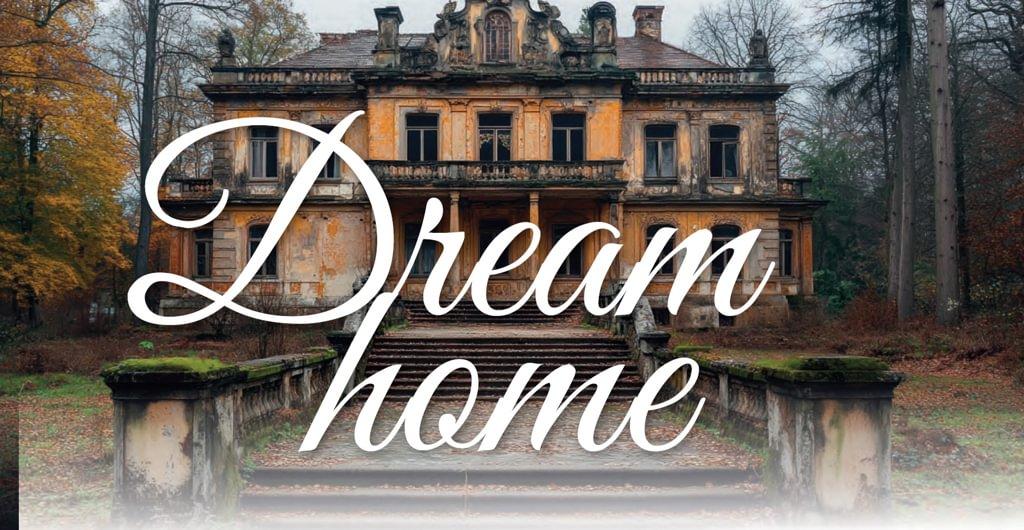
This month’s story, ‘Ma’ame Pelagie’ by Kate Chopin, is one in which setting is very important, both in a general and a very specific sense. The wider setting is the Southern US, post-Civil War, and the very specific setting is a particular mansion in Louisiana. As always, you’ll benefit most from this masterclass if you read the story yourself: www.pbs.org/katechopin/library/maamepelagie.html
Let’s look at how the importance of setting is established. We are introduced to the ruined mansion in Cote Joyeuse before we meet any of the characters. We learn that the original building was imposing and made of red brick, shaped like the Pantheon and surrounded by trees. Now, though, the building is a ruin and the walls are covered in vines. The importance of the building is highlighted by the amount of time spent on it right at the beginning of the story.
The building then leads us into the story through its association with the characters. We learn a little ofto build the house in 1840, and that now his daughter Ma’ame Pelagie and her sister Pauline live in a cabin in the grounds of the ruin. Over the last thirty years they have scrimped and saved in the hope that eventually they will be able to restore the building to something of its former glory.
